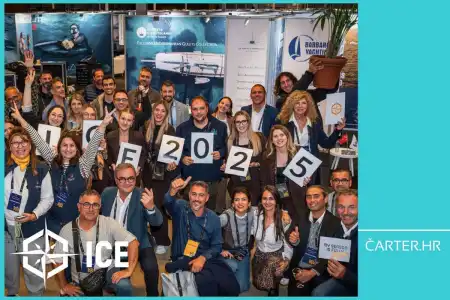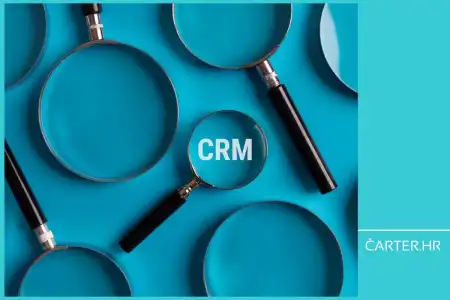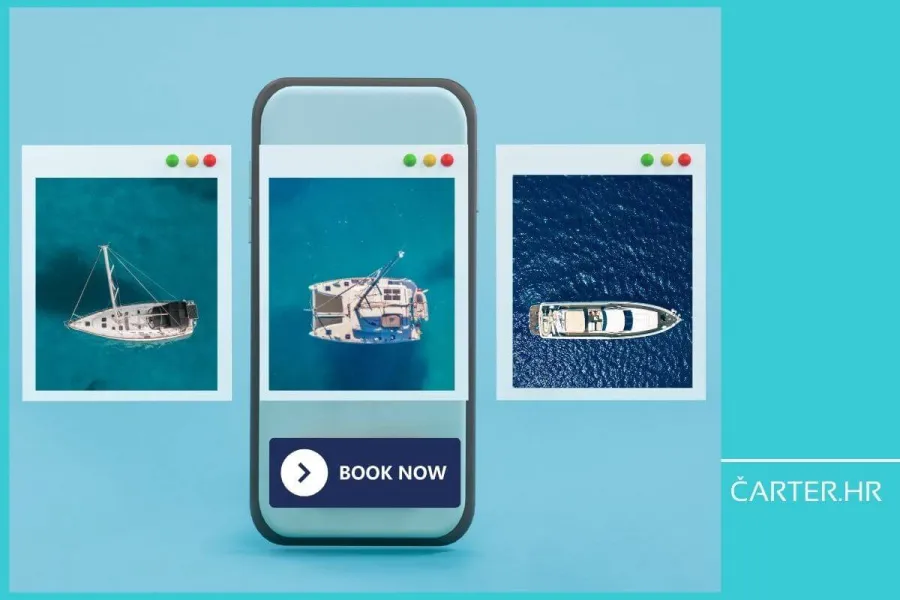
Guests are increasingly looking for direct communication, bypassing platforms and intermediaries. There is a way to offer them the opportunity for a direct booking – smarter, faster, and more sustainable. This text offers concrete, tested strategies that yacht charter companies in Croatia are already using, or should be using.
Direct bookings are more important than ever. It used to be enough to be on a platform and let the algorithms do their job.
But if as a yacht charter company you’re not investing in your own channels, your business is not really in your hands.
Direct bookings don’t just mean saving on commissions. They also mean greater control, stronger connections with guests, and less stress when the season starts. Guests are increasingly seeking direct communication with the yacht charter company they want to book with, and a more personal approach.
It’s time to offer them that, but smartly, without pushing.
We bring five specific strategies that work and that you can try already today.

1. Your own website that truly does its job
Almost every yacht charter company today has a website, but how many of them have a site that actually brings inquiries and encourages bookings?
The problem isn’t in the design, the number of boats, or which language it’s in. The problem is that many sites function like a digital brochure, static and lacking the feeling that real people are behind them.
Today’s guest wants to find everything quickly, understand what’s being offered, and be able to send an inquiry easily. If they have to dig through PDF price lists, contact you after 5 clicks, or read descriptions that sound like ads, they will go somewhere else.
Examples of what this looks like in practice:
Simple online inquiry form
Forget the generic “contact us.” Instead, offer a calendar with approximate availability and a form that asks directly: dates, number of people, with or without skipper, and special requests. Four questions are enough for the guest to see that you know what you’re doing and that you take inquiries seriously.
FAQ that answers guests’ real questions
If every season you answer the same questions, put them on the website. “How much does a skipper cost?”, “Can I bring a baby on board?”, “What happens if we get bad weather?” – these are topics guests care about, and they reduce the amount of communication for you.
Authentic photos and video materials
People don’t just want to see the interior moored in the marina, they want to see the actual sailing experience. What does a morning on the boat look like? What did last summer’s route look like? A short video from a GoPro and a few guest photos show (and prove) much more than you think.
Clearly displayed prices and terms
If prices are hidden or it’s unclear what’s included, or they’re buried in 10-page PDFs…
Put prices clearly on the page, along with an explanation of what’s included (e.g. linens, final cleaning, tourist tax) and what optional extras are available.
Loading speed and mobile readability
Over 70% of guests will first open your website on a mobile phone. If the site loads slowly, the content breaks apart, or they can’t find the contact info, they will move on. Test your site as if you’re the guest. If something’s off – fix it.
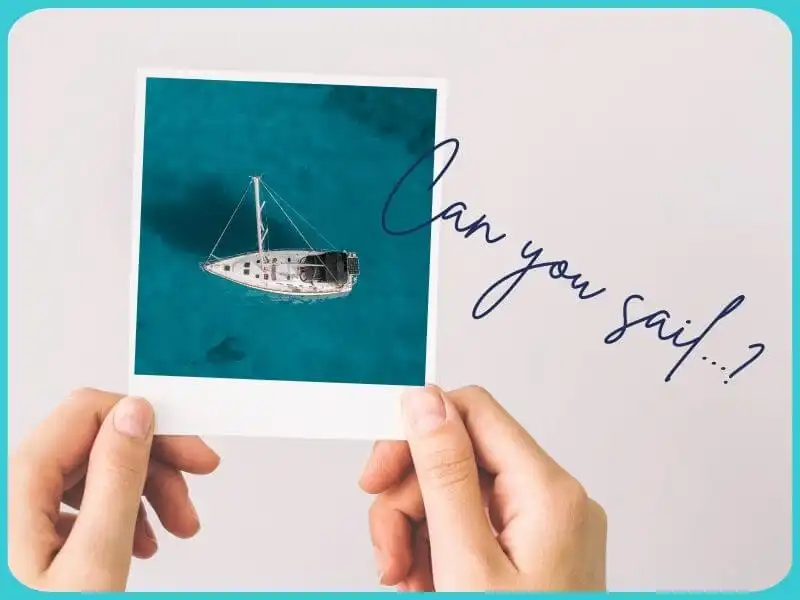
2. SEO – let Google love you the way your guests love you
If a guest doesn’t know about you, they can’t book you. Most people today start their search for a charter by typing something like “sailing Croatia in September” or “catamaran with skipper Zadar.” If your site doesn’t show up among the first results, you practically don’t exist, at least not for that guest.
Spending a little time on SEO doesn’t mean helping Google understand who you are and who you can help. And more importantly, it makes it easier for real people who are looking for you but don’t know you yet.
Examples of concrete actions:
Writing blog posts based on real guest questions
If you’re getting questions like “Can you sail from Split to Dubrovnik?”, write a blog with a title like: “Sailing from Split to Dubrovnik: Is it worth it?” Such content helps the guest and positions you as a source of useful information.
Optimizing boat pages
Every page on your website should have a clearly structured title (boat name, location, yacht type), a brief description of a typical sailing week, and a few sentences aimed at a specific audience (e.g.: ideal for couples, popular with families with children, etc.). Photos should have captions – the price list should not be the only thing you offer.
Local SEO
Update and complete your Google Business profile including accurate coordinates, contact number, working hours, and fleet photos. Ask guests to leave a review. In the texts on your website, naturally use terms that include your location (e.g.: charter Trogir, family sailing Zadar, etc.). Let the texts sound natural, as if you’re explaining to someone you know where you are and what you do.

3. Email marketing that isn’t spam, but an invitation
The newsletter isn’t dead. Most people just send it as if it is. Dry emails with “last minute” offers, generic greetings, and PDF price lists without context don’t hold attention, nor do they get opened.
And that’s a shame, because email is one of the rare channels where you have full control and direct contact with people who have already shown interest in your service.
If someone has already sailed with you, email can be a reminder, a personal message, or a source of useful ideas. The goal isn’t to flood their inbox, but to maintain a connection.
Examples of useful emails:
Following up with past guests
Send a personalized greeting, photos from last season (if you have them), and sentences like: “How are you? Last year you sailed with Ivan on Viti, and if you’re feeling drawn to the sea again, let us know – we’ve got something for our guests from last summer.” There’s no need to highlight a discount – just let it be normal, human communication.
A series of automated emails for inquiries that didn’t turn into bookings
If someone sends you an inquiry but doesn’t decide, you don’t have to write them off. You can send them an email a few days later with the subject “Still thinking about sailing in Croatia?” and offer additional information, a suggested route, advice on transfers – something that shows you care not just about the booking, but about finding a solution that works for the guest.
Seasonal tips and ideas
Instead of “-10% for May,” try something like: “Top 3 routes for May that avoid the crowds” or “How to organize a yacht birthday everyone will remember (without it costing a fortune).” People value concrete ideas more than a generic sale.
Newsletter for “friends of your yacht charter”
If you have people who regularly follow you (or want to), you can occasionally send them short notes from the sea: where your skipper is sailing, what’s new, which boat is getting ready for the season. Let the email feel like a short message between friends, not an official announcement.
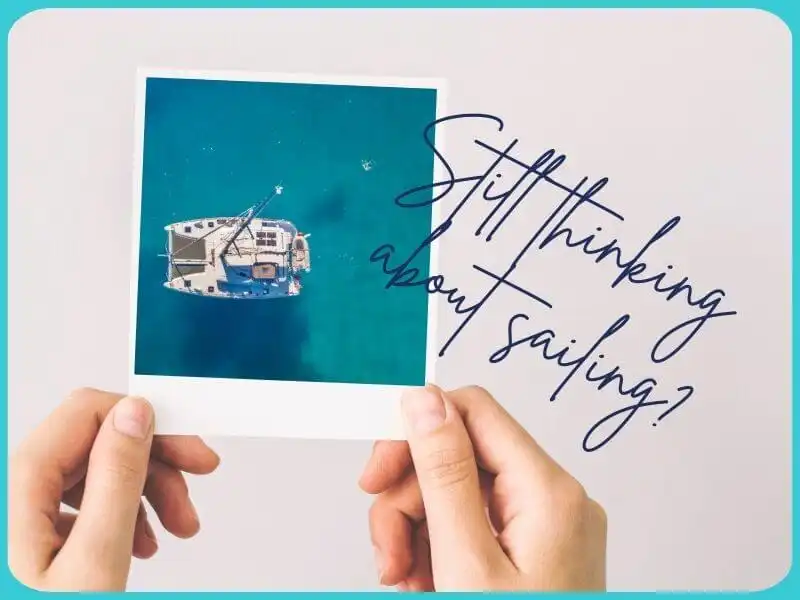
4. Social media that show who you are, not just what you offer
An Instagram profile full of boats in the marina doesn’t mean anything to anyone anymore.
Today guests are looking for something else. They want to feel the atmosphere, see faces, hear the tone of voice – in short, they want to know who’s behind the company before they send an inquiry.
Authenticity, presence, and human moments are far more powerful than perfectly edited photos.
Social media are a space for building trust and connecting with potential guests. If they feel like they already “know” you, there’s a higher chance they’ll message you directly, without an intermediary.
What to post specifically:
Short videos of skippers explaining the route
No script needed – it’s enough for the skipper to record a 30-second video saying: “Families love this route because kids can swim as much as they want, and there are great taverns in every bay.” This kind of content builds trust and a sense of closeness.
"Week on the boat” story highlights
Create a series of stories following one crew from embarkation to disembarkation. Show everyday moments (morning coffee on deck, swimming, dinner prep), because they give a real insight into the experience you offer.
Posts with a question
Ask on social media: “Which destination would you choose for 7 days?”
You can offer a few options, along with photos of the locations. This encourages interaction but also gathers information about your audience’s preferences without any formal surveys.
Re-share guest content with permission
The best proof that you deliver what you promise are real posts from satisfied guests. When they tag you, ask if you can share their content. Most will gladly agree, especially if you mention them in the post.
The “behind the scenes” team
Introduce team members; skippers, technicians, even colleagues from the office. Show who these people are, what they love, and how they work. Guests don’t want to sail with a company or a logo, but with real people.
You don’t have to post every day or have a perfect feed
It’s enough that what you post makes sense and is sincere. Because when you show who you are, you don’t need to constantly explain what you offer. People will already feel it.

5. Collaborations and partnerships that connect you with ideal guests
It makes more sense to connect with people who already have access to your target audience and offer them value.
The guests are already out there, they just haven’t come across your boat yet. Instead of spending energy and resources competing with dozens of similar ads, think: who already has contact with people who love to sail?
Through the right collaborations, you can become a natural choice – without being pushy.
Collaborations don’t have to be complicated or expensive. Openness to communication and an agreement that benefits everyone is enough. At best, everyone gains – you get more direct inquiries, the partner adds value for their clients, and the guest gets a complete experience.
Examples of such collaborations:
Partnership with local agencies
If someone is coming to the coast for yoga, wine, or a wedding, they likely also have an interest (or the means) for sailing. Arrange a joint offer like “4 days boutique accommodation + 3 days sailing.” These micro-collaborations are easy to promote through both channels and come across more convincing than generic packages.
Agreement with influencers who actually sail
Choose influencers who have sailing experience and an audience that values authentic recommendations. Arrange a fair deal with mutual terms. A quality video with a real experience can bring you more than ten ads, because it’s honest and concrete.
Connecting with hotels and apartments
Many hosts want to offer their guests something extra, but don’t have the capacity or knowledge for it. If you provide them with a simple flyer, QR code, or contact that leads to you (and share a small commission from the booking with them), everyone is happy. Guests get a recommendation, the host adds value, you get a direct inquiry.
Local brands
Collaboration with small producers (cosmetics, food, wine) can result in joint promotional actions, e.g. “sailing + wine tasting” or simply a personalized gift package for guests who book directly. This way the guest feels extra care, and you strengthen the local character of the brand.
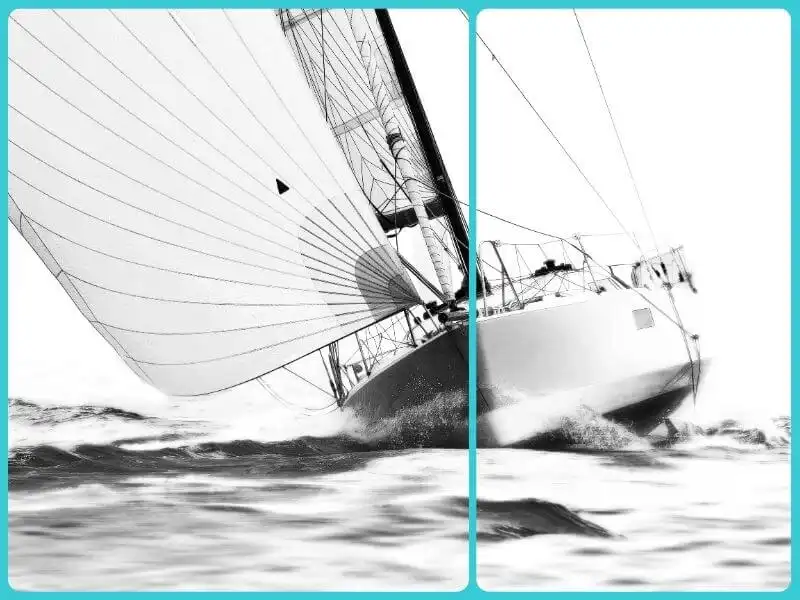
When guests are looking for you – be there, as yourself, not as an ad
Guests increasingly want contact with real people, and direct bookings are the logical result of that, but they don’t happen by accident.
For a guest to book directly, they need to be able to find you, understand what you offer, and feel that you’re available to them.
None of that has to be perfect or spectacular, but it needs to be sincere, consistent, and visible. Starting with the website, through email communication, to content that shows the real business. Every strategy from this text has one goal: bringing you closer to people.
You don’t have to start with everything. It’s enough to choose one thing and test it, for example arranging a collaboration with someone who already has your audience.
Because when a guest decides to find a yacht charter company and a boat for themselves, they need to know where to find you.
And to recognize – you.
Do you have questions or want support in developing your own strategy for direct bookings?
We work with companies that want more control, better guests, and less reliance on platforms.
Sign up for our newsletter for examples that truly work and suggestions you can apply right away.
Categories of trends
- News
- Sale
- Marketing
- SEO
- Web design
- Social media
- Technology
- Regulations
- Management
- Education
- Finances
- User experience
Newsletter
Sign up for the newsletter and receive the latest trends and tips straight to your inbox


